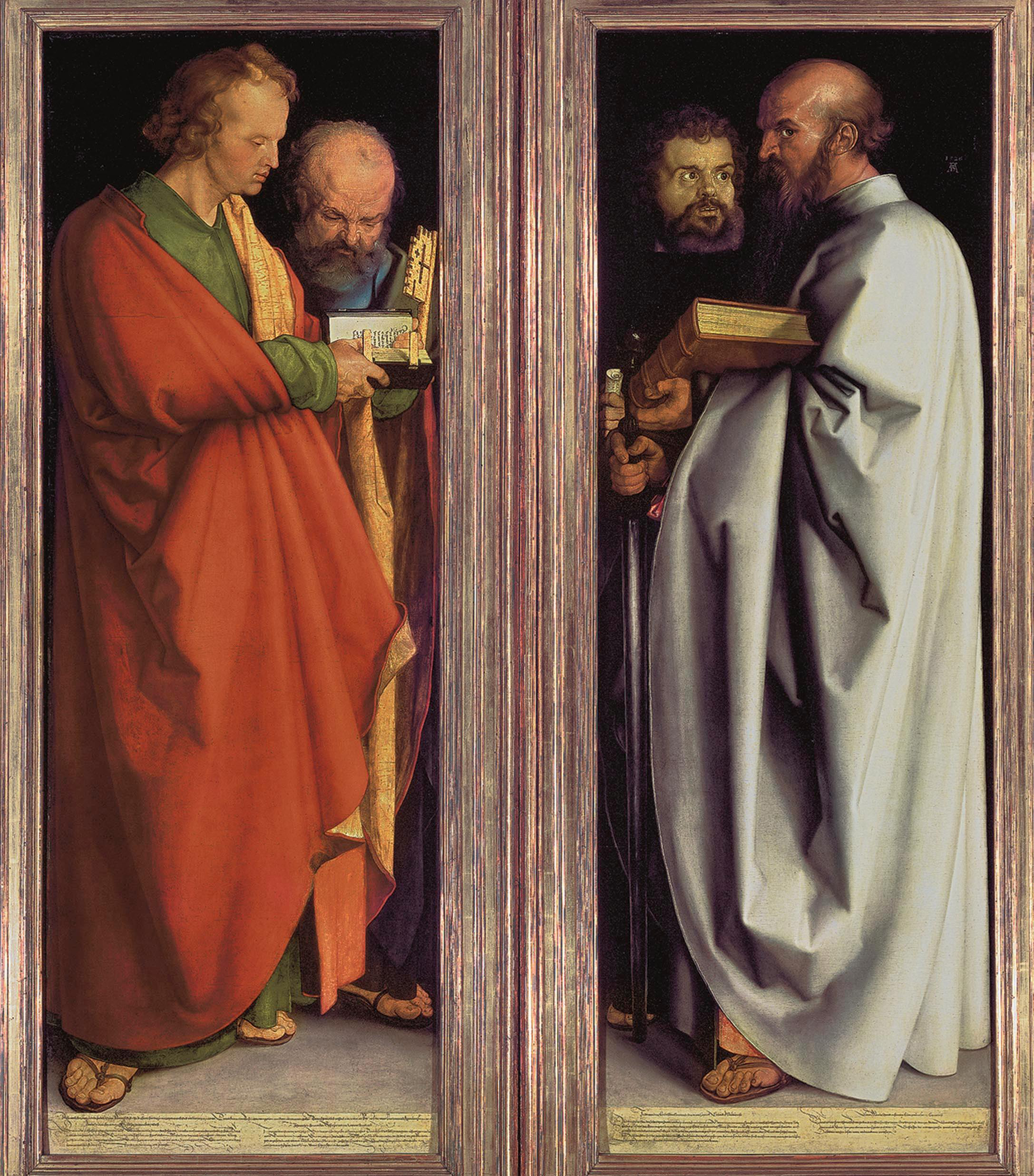
The concept of sainthood is one of Christianity’s loftiest, connoting strict obedience to God’s will and the steadfast pursuit of virtue.
The Rev. Terry Pugh and Bishop Michael Sis say the simplest example is a person who earnestly works at being holy.
“Looking in the Book of Romans, Paul is referring to the saints on a regular basis,” said the Rev. Pugh, pastor of the First United Pentecostal Church. “He is speaking to and about the good people who are serving Jesus Christ in the local church.
“You can be a church member and not be a saint. The saints are really trying to be better people in the context of Christianity.
“Modern religion promotes the idea that God will take you at any level, that you can say you are a Christian and that you love God but not make any changes,” Pugh said. “But God intends to make us different.
“He takes an individual who was full of sin and changes him to be somebody who looks and acts a lot like Jesus. That requires a lot of change and anyone who is in that process probably falls into the category of a saint.”
Pugh said Bible readers should be encouraged by the stories of people who struggled with sin.
“We know the people in the Bible were far from perfect or Paul would not have written all the things he did to try to straighten them out,” he said.
“But he still called them saints.”
The Most Rev. Sis, bishop of the Catholic Diocese of San Angelo, said the most basic meaning of the word “saint” refers to a holy person.
“In the New Testament, there are many passages which refer to the followers of Christ as ‘saints,’ Sis said. “For example, the letter to the Romans is addressed ‘to all God’s beloved in Rome who are called to be saints.’
“In Acts 26:10, Paul says that he ‘locked up many of the saints in prison.’ The word ‘saint’ also refers to a faithful Christian who is in Heaven.”
Sis said the Book of Revelation often speaks of the saints in Heaven worshipping God by singing hymns and offering prayers.
“In Romans 15:30, Colossians 4:3 and First Timothy 2:1, the New Testament encourages us to offer prayers to God for one another,” he said, “and James 5:16 says the prayer of the righteous is powerful and effective.”
Sis said Christians believe the spiritual soul survives the death of the physical body.
“Just as a Christian is called to offer intercessory prayers for others here on earth, it seems reasonable that one would continue to love and pray for others even after one’s body has died,” he said. “Thus, a saint in Heaven is a fellow member of the church who continues to offer prayers for the benefit of others. Death does not sever the connections of faith and love among Christians.”
The bishop said Catholics consider the saints in Heaven to be fellow members of the church and followers of Christ.
“They are the ‘cloud of witnesses’ cheering us on to victory in Hebrews 12:1,” he said. “As fellow members of the church, we ask them to pray for us. We do not worship them. We only worship God. Our love for the saints must never take the place of our love for Christ. All the saints are subordinate to Jesus Christ.”
Sis said that in the early centuries of the church, the apostles, martyrs and other esteemed Christians were honored after their deaths.
“Simply by popular acclaim, they were considered to be saints in Heaven,” he said. “Thousands of people were honored as saints because they had led exemplary Christian lives. As the list of saints grew, the church eventually established an official process whereby a local bishop would make the final decision after serious study of the person’s life.
“From the 10th Century on, it became customary to ask the Pope in Rome to make the formal declaration of sainthood. This declaration is called ‘canonization’ because the person’s name is added to the official list.”
Sis said the word ‘canon’ refers to an authoritative list.
“The first canonization declared by a Pope was in 993 A.D.,” he said. “How many canonized saints are there? The precise number is debatable, but there are more than 10,000. However, it is very important to point out that the list of canonized saints is not intended to be an exhaustive list of all the people in Heaven. Most of those in Heaven are not officially recognized.
“The church puts someone on the official list of saints when we have moral certitude that the individual is in Heaven,” Sis said. “The most important factor is the life the person lived. The investigation must prove beyond a doubt that the person lived a life of extraordinary and heroic virtue, a grace-filled life of faith in Jesus Christ.
“There must be an extraordinary and broad popular acknowledgement of the person’s sanctity. Everything the person ever wrote is up for review and scrutiny. The study of the cause could take hundreds of years with no guaranteed outcome.
“For example, the cause of Juan Diego took 500 years,” he said in reference to Juan Diego Cuauhtlatoatzin, a Chichimec peasant in Mexico who saw the Virgin Mary four times in December 1531.
“Interestingly, there is no official process to declare that a particular person is in Hell. This is because no one knows the limits of God’s mercy.”



